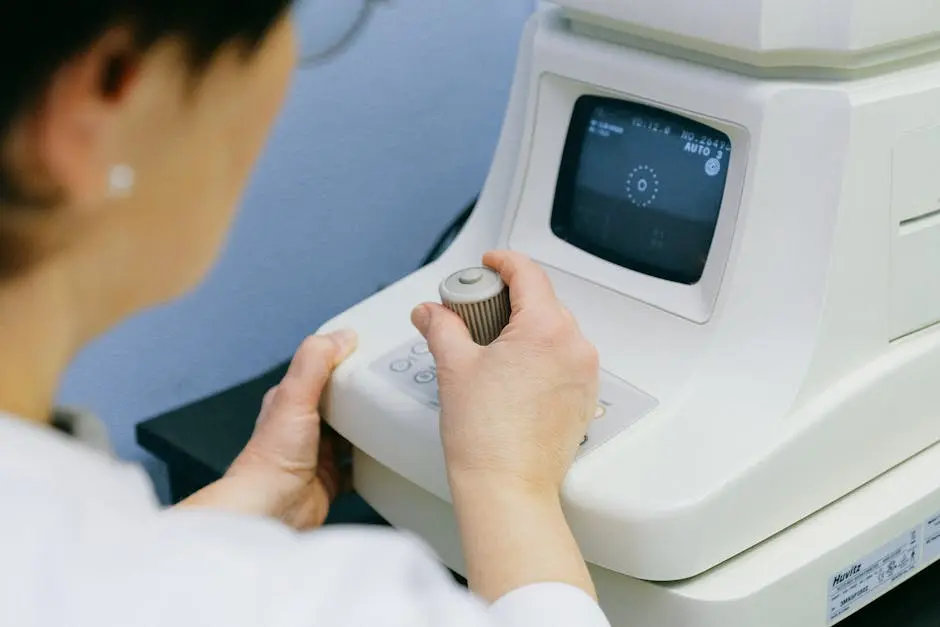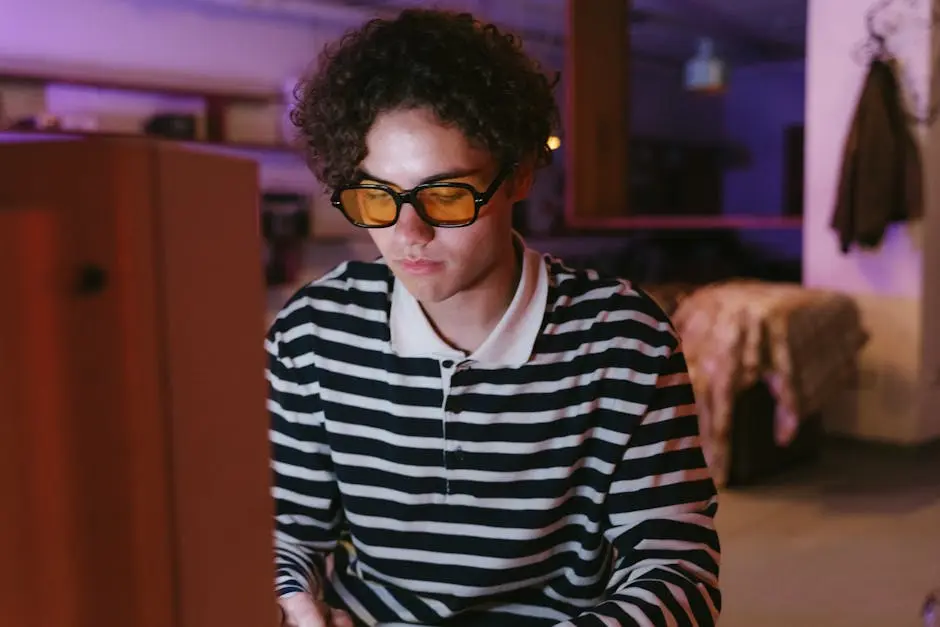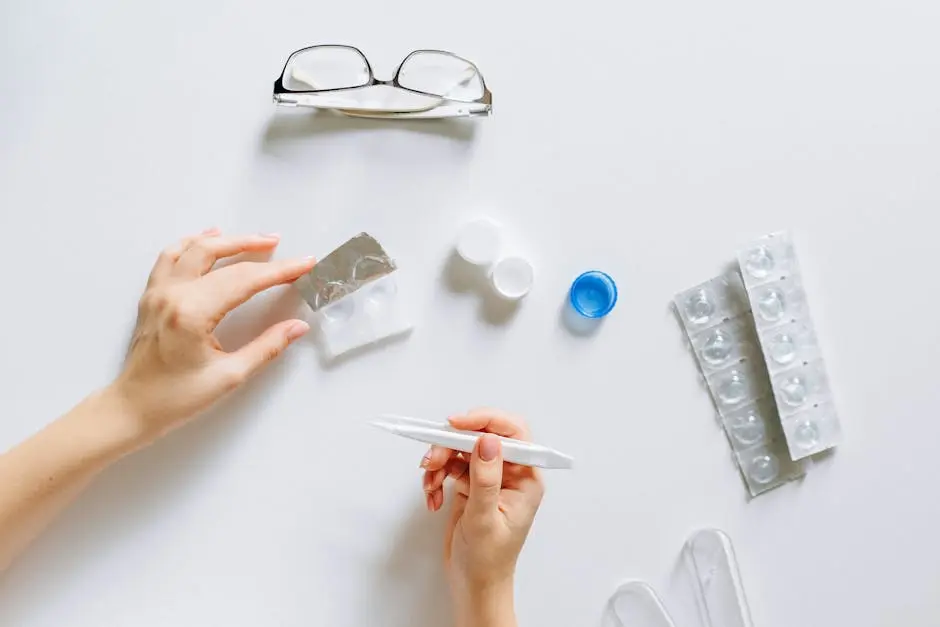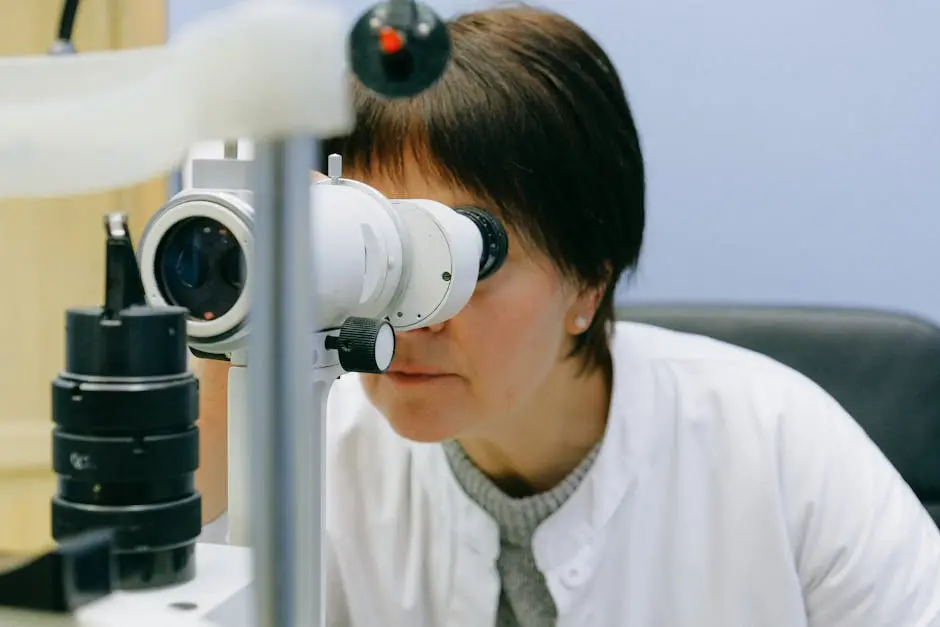Eye specialists often find themselves surrounded by myths and misconceptions, which can make it difficult for people to understand the vital work they do. In this blog, we’ll debunk some of the most common myths about eye specialists, helping you gain a clearer vision of their expertise and roles.

1. Eye Tests Are Only for People with Vision Problems
Many assume that only those with vision issues need to see an eye specialist, but regular eye exams are crucial for maintaining eye health and catching potential problems early. Routine eye tests can detect conditions like glaucoma and macular degeneration, which may not present immediate symptoms but can lead to serious complications if left unnoticed. Eye specialists emphasize the importance of proactive care in preserving your vision and preventing long-term damage.
Scheduling regular eye exams is just as important as routine check-ups with your general physician. Visiting an eye specialist allows for early detection of issues that can result in a better prognosis and treatment plan. For adults, experts recommend comprehensive eye exams every two years, though individuals with a history of eye disorders may need more frequent visits. Regular testing not only evaluates your current eye health but also establishes a health baseline for future comparisons.
2. All Eye Specialists are the Same
Contrary to popular belief, there are different types of eye specialists, including optometrists, ophthalmologists, and opticians, each playing unique roles in eye care. Optometrists primarily focus on vision testing and correction, prescribing glasses and contact lenses. They are also trained to diagnose and manage certain eye diseases. Ophthalmologists are medical doctors with additional training to perform surgeries and treat comprehensive eye conditions. Meanwhile, opticians create and fit eyewear based on the prescriptions provided by optometrists and ophthalmologists.
Understanding these differences not only helps you choose the right specialist for your needs but also ensures you’re getting appropriate care. For instance, if you require surgical treatment for cataracts, an ophthalmologist would be the most suitable choice. Meanwhile, for routine prescriptions and general eye health maintenance, visiting an optometrist might suffice. Knowing the distinctions among these professionals enhances your confidence in receiving specialized, tailored care that caters specifically to your eye health needs.
Although they do provide corrective lenses, eye specialists also diagnose and treat eye diseases, perform surgeries, and offer a range of eye health services. For example, eye specialists can identify serious conditions such as diabetic retinopathy and offer treatment plans that may include medication, therapy, or surgery. Regularly consulting with an eye specialist ensures that any eye health concerns are promptly addressed, possibly preventing more serious complications in the future.
Furthermore, eye specialists are equipped to advise on preventative measures that can reduce the risk of developing eye diseases. They aid patients in understanding and implementing lifestyle changes such as maintaining a balanced diet, protecting their eyes from UV exposure, and managing conditions like hypertension that can adversely affect eye health. By broadening the scope of care beyond vision correction, eye specialists play a crucial role in overall health and well-being, contributing to both clearer sight and a higher quality of life.
4. Vision Loss Is a Normal Part of Aging
While eyesight changes with age, not all vision loss is inevitable. Eye specialists can help manage and treat many conditions associated with aging eyes. Age-related macular degeneration and cataracts are common among older adults but with regular visits to an eye specialist, these issues can be addressed effectively through timely intervention. Treatments like surgery for cataracts or therapeutic measures for macular degeneration often result in significant improvements in vision.
In addition to managing existing conditions, eye specialists prescribe preventive actions to minimize the effects of aging on eyesight. Increasing awareness about the importance of taking proactive measures helps empower individuals to maintain eye health. Proper nutrition, protective eyewear, and managing chronic conditions like diabetes are pivotal components in preserving eye function and delaying age-related decline. Eye specialists serve as valuable partners in crafting personalized strategies to maintain vision quality throughout the later stages of life.
5. You Only Need to See an Eye Specialist If You Have Symptoms
Regular visits to an eye specialist are important even if you have no symptoms, as many eye conditions can develop silently without immediate signs. Conditions like glaucoma can progress without exhibiting symptoms until noticeable vision loss occurs. By scheduling periodic eye exams, early detection is possible, effectively managing such conditions before they result in severe consequences. Preventive care through routine eye check-ups is essential in maintaining optimal eye health and preventing future complications.
Additionally, regular eye exams can reveal underlying systemic health issues that manifest through the eye. For instance, diseases like hypertension and diabetes can show early signs in the eyes. Eye specialists work collaboratively with other healthcare providers to ensure comprehensive care, safeguarding both vision and general health. Embracing this proactive approach to eye health can lead to timely interventions, extended periods of clear vision, and an overall improvement in life quality.
6. Screen Time Always Causes Lasting Eye Damage
While screens can lead to temporary discomfort, eye specialists can provide guidance on how to protect your eyes from screen-related strain. The discomfort often results from digital eye strain, characterized by symptoms like dry eyes and blurred vision. Strategies to alleviate these symptoms include the 20-20-20 rule—taking a 20-second break to look at something 20 feet away every 20 minutes—which helps reduce overexertion.
Protective measures, such as adjusting screen brightness or using specialized glasses that filter out blue light, help alleviate strain during prolonged screen usage. Eye specialists are well-versed in these techniques and can advise on the most effective measures to ensure comfort without compromising productivity. With the appropriate guidance, potential impacts from screen time can be minimized, maintaining both eye health and clarity despite regular digital device usage.
7. Wearing Glasses Will Weaken Your Eyes
Glasses simply correct vision and do not make your eyesight weaker. Eye specialists determine the right prescription to help you see clearly. Corrective lenses focus light correctly on the retina, enabling sharper and more accurate vision. Without the appropriate correction, eyes can exert excessive effort to focus, leading to strain but not worsening the eye’s inherent optical characteristics.
The myth that glasses weaken eyes may stem from the perception that increasing prescription strength over time signifies dependency. However, changes in prescription often result from natural factors like aging rather than the use of corrective lenses. Eye specialists evaluate ocular health and prescriptions regularly, ensuring lenses continually align with visual needs and protect eyes from additional strain risk while facilitating optimal vision performance.
8. All Eye Drops Are the Same
Eye drops serve different purposes. Consulting an eye specialist is vital to ensure you’re using the right kind for your specific needs. Whether for lubrication, treating infections, or reducing inflammation, eye drops are formulated uniquely to address various conditions and symptoms. Using inappropriate drops may exacerbate problems or prolong discomfort, underscoring the importance of specialist recommendations.
For instance, over-the-counter lubricating drops help alleviate dry eyes, but those with medicated components address allergies or bacterial infections more effectively. Prescription drops, often essential in managing conditions like glaucoma, require careful adherence to usage instructions from eye specialists. Correct usage under professional guidance ensures symptoms are managed effectively, maintaining comfort and avoiding unnecessary complications. Eye specialists’ expertise ensures that eye drops enhance both health outcomes and overall comfort.
9. Laser Eye Surgery is Dangerous
Eye specialists perform laser surgeries with high precision and safety protocols, and they can achieve fantastic results for eligible patients. Modern advancements have significantly improved both the safety and effectiveness of laser procedures like LASIK and PRK. These surgeries correct refractive errors, reducing dependency on corrective lenses, and are often completed within minutes.
Though all surgeries carry some risk, eye specialists conduct thorough evaluations to ensure candidates meet all safety criteria, minimizing potential complications. Comprehensive pre-operative assessments and post-operative care further enhance safety profiles and recovery outcomes. Discussing laser surgery options with eye specialists provides clarity on risks versus benefits, equipping individuals with the knowledge necessary to make informed decisions regarding their vision improvement paths.
10. Children Don’t Need Eye Exams
Eye specialists recommend that children have early and regular eye exams to detect and correct vision problems that could affect learning and development. Early detection of issues such as amblyopia (lazy eye) or strabismus (crossed eyes) allows for timely and effective interventions, minimizing their impact on the child’s development and academic performance.
Beyond treating existing issues, eye exams help determine whether children require any accommodation in learning environments to maximize educational outcomes. By implementing early interventions, eye specialists can significantly enhance quality of life, facilitating balanced development across social, physical, and educational dimensions. Parents thus supportive proactive approaches alongside periodic specialist consultations, empowering children to navigate developmental milestones seamlessly.
11. Sunglasses Are Just Fashion Accessories
Quality sunglasses protect your eyes from harmful UV rays. An eye specialist can advise on the best type to wear for suitable protection. Adequate UV protection reduces the risk of conditions such as cataracts and macular degeneration, which can arise from prolonged exposure to sunlight without proper safeguarding.
Effective sunglasses filter out both UVA and UVB rays, with specialized lenses offering different levels of protection catered to specific needs. Factors like lens material, coating, and fit contribute significantly to sunglasses’ efficacy in preserving ocular health. Eye specialists assist in selecting sunglasses, ensuring they align with individual lifestyles and exposure levels. Through informed shopping under professional guidance, sunglasses serve not merely as fashion statements but more importantly as crucial protective gear to safeguard long-term eye health.
12. Eye Specialists Don’t Handle Emergency Situations
Eye specialists are trained to deal with eye emergencies, from sudden vision changes to injuries, providing timely and effective care. Prompt responses in emergencies, like retinal detachment or severe ocular trauma, are crucial to preserving vision. Specialists’ expertise ensures accurate diagnoses, which inform appropriate emergency intervention plans and prompt referrals if necessary.
The scope of emergencies addressed by eye specialists extends beyond traumatic injuries to sudden symptom onset, like vision loss or significant pain. Patients should seek timely consultation with eye specialists to avoid exacerbating serious conditions through delay. In emergency scenarios, rapid contact with eye specialists ensures the most effective treatment plans, safeguarding visual health and helping prevent long-term complications arising from delaying prompt medical attention.






